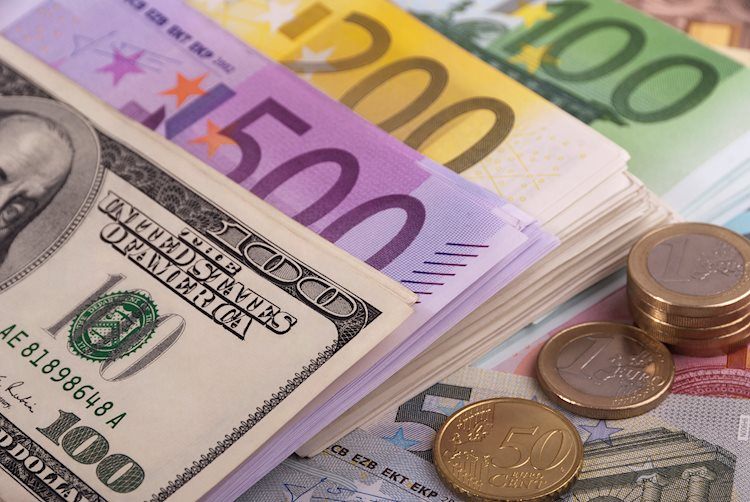The EUR/USD pair fell slightly on Thursday as weak German flash HCOB Composite PMI data for August and soft Q2 Eurozone Negotiated Wage Rates weighed on the Euro. The German PMI showed a contraction in manufacturing activity, while the Eurozone Composite PMI unexpectedly rose, driven by strong growth in the service sector. The slowdown in the German economy is unlikely to affect market speculation about the ECB interest-rate outlook, but slower wage growth could strengthen expectations of a rate cut later this year.
The US Dollar Index remains close to a fresh 2024 low as the Federal Reserve is expected to cut interest rates in September. The Fed appears to be on track for its first dovish interest rate decision in over four years, as inflationary pressures ease. Market speculation for rate cuts has increased after the FOMC minutes showed policymakers were ready to reduce interest rates back in July. Investors will focus on Fed Chair Jerome Powell’s speech at the Jackson Hole Symposium for clues on the size and timing of interest rate cuts.
EUR/USD continues its four-day winning streak as it trades near a year-to-date high. The pair strengthened after breaking out of a channel formation on a daily time frame, with all EMAs sloping higher indicating a strong uptrend. The RSI oscillates in the bullish range, suggesting strong upside momentum but also raising the possibility of a corrective pullback. Euro bulls aim to recapture round-level resistance at 1.1200, with 1.1100 as a major support zone.
The European Central Bank’s Negotiated Wage Rates data, which provides information on contractual basic pay and wage drift in the Euro area, was released on Thursday at 3.55%, lower than the previous quarter’s 4.69%. An increase in this data could be seen as an inflationary development that may influence the ECB’s monetary policy decisions. Investors will now wait for the next quarter’s data to assess the impact on the Euro and ECB’s future policy actions.











